The Ultimate Guide to Planting and Caring for Sun Valley Maple
Introduction to Sun Valley Maple
Sun Valley Maple is a stunning variety of the Acer rubrum species, renowned for its vibrant red foliage and symmetrical shape. Whether you’re a homeowner looking to enhance your landscape or an urban planner aiming for sustainable greenery, it offers a perfect blend of beauty and functionality. This article will explore everything you need to know about it, from its benefits and planting process to expert insights and future outlook.
Understanding Maple Trees
Types of Maple Trees
Maple trees belong to the Acer genus and are known for their diverse species, including Sugar Maple, Silver Maple, and Red Maple. Sun Valley Maple, a hybrid of the Red Maple, stands out due to its unique characteristics.
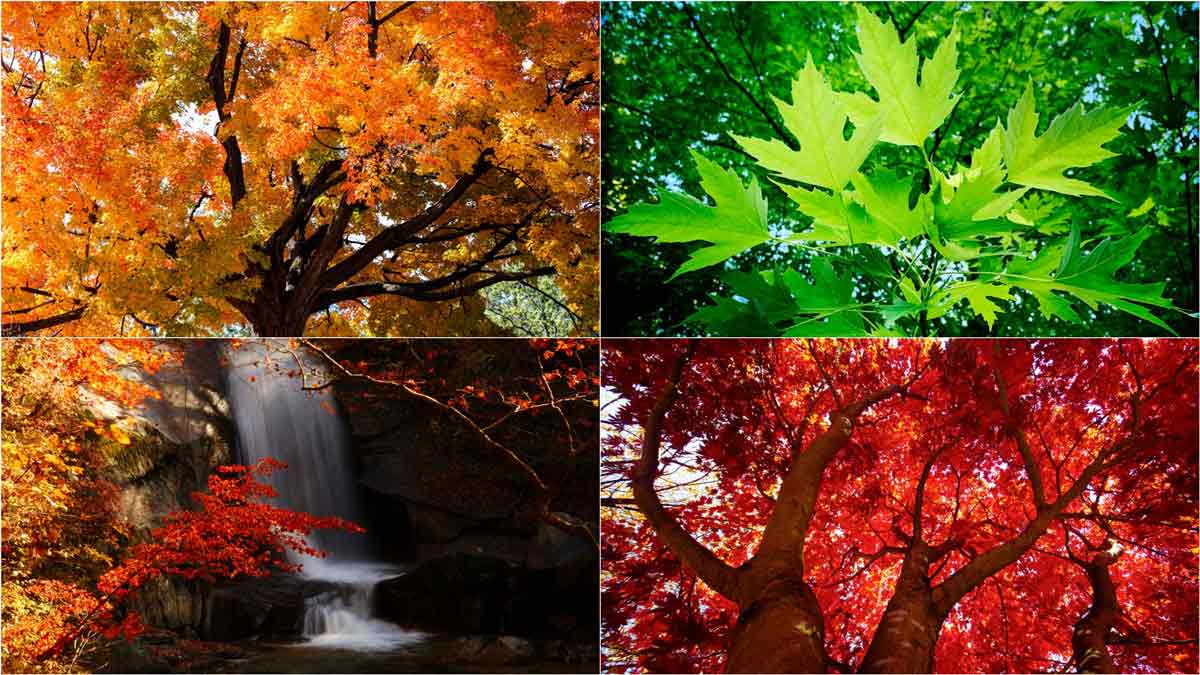
Characteristics
It is a male clone, which means it doesn’t produce seeds, making it a low-maintenance option. Its vibrant red leaves in autumn and uniform shape make it a favorite among landscapers and homeowners alike.
Growing Conditions
Sun Valley Maple thrives in USDA hardiness zones 4 to 7. It prefers well-drained, acidic to neutral soil and can tolerate a wide range of soil types, making it versatile for various landscapes.
Benefits of Planting
The striking red foliage adds a dramatic touch to any landscape, especially during the fall. Its symmetrical crown provides a visually pleasing structure, enhancing the overall aesthetic of gardens and parks.
Sun Valley Maple contributes to environmental health by improving air quality, providing shade, and supporting local wildlife. Its robust nature makes it a valuable addition to eco-friendly landscaping projects.
As a seedless variety, it requires less clean-up, reducing the need for extensive yard work. Its resistance to common pests and diseases further adds to its low-maintenance appeal.
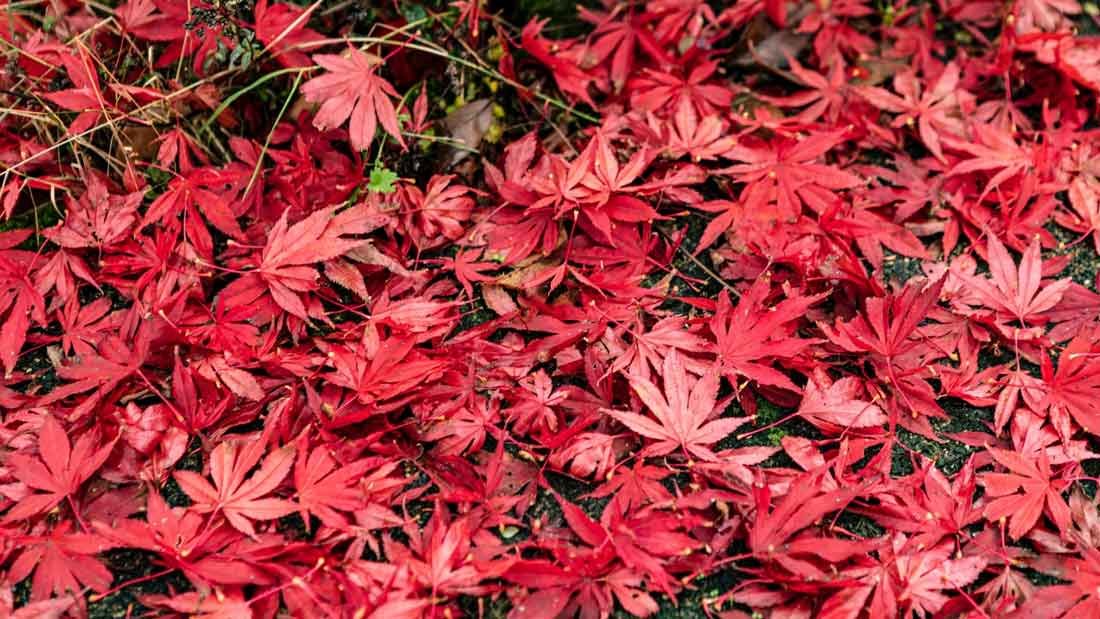
Planting Sun Valley Maple
Selecting the right location is crucial for the successful growth. It should be planted in an area with full sun to partial shade and ample space to accommodate its mature size.
Preparing the soil involves ensuring proper drainage and amending it with organic matter to improve fertility. Testing the soil pH and adjusting it to be slightly acidic can optimize growth conditions.
Planting involves digging a hole twice as wide and just as deep as the root ball. After placing the tree in the hole, backfill with soil, water thoroughly, and apply mulch to retain moisture.
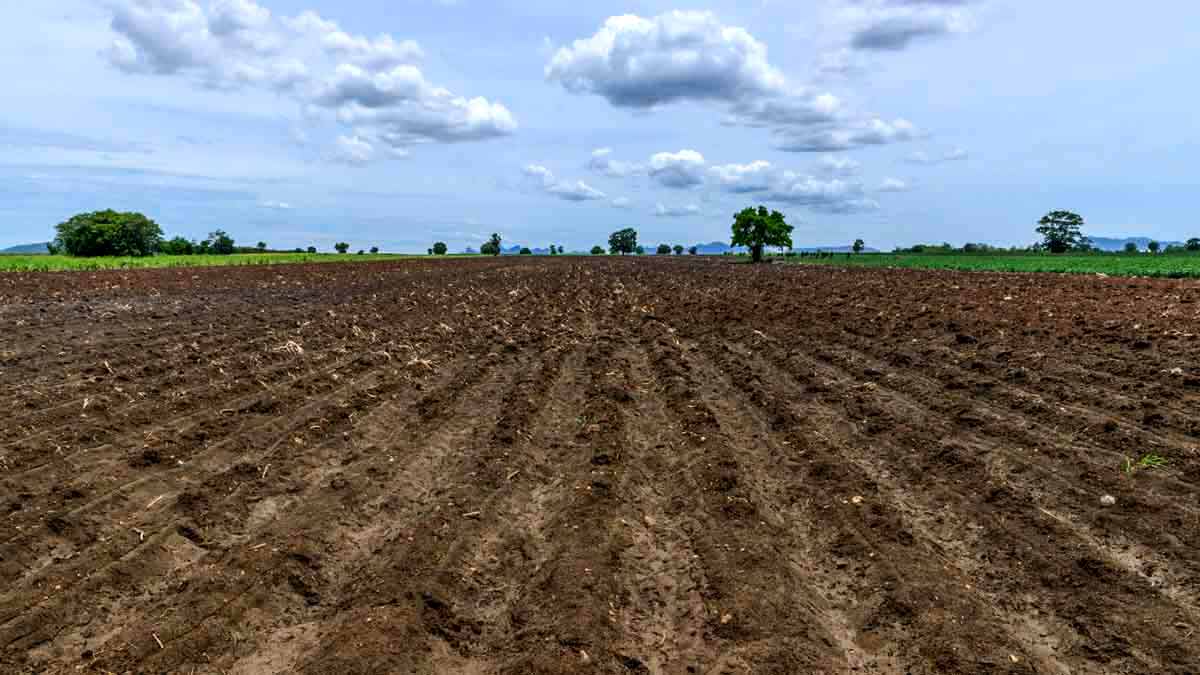
Sun Valley Maple Care and Maintenance
Watering Requirements
Sun Valley Maple requires consistent watering, especially during the first few years. It’s essential to keep the soil moist but not waterlogged, particularly during dry spells.
Pruning Techniques
Pruning should be done in late winter or early spring to maintain the tree’s shape and remove any dead or diseased branches. Proper pruning encourages healthy growth and enhances the tree’s appearance.
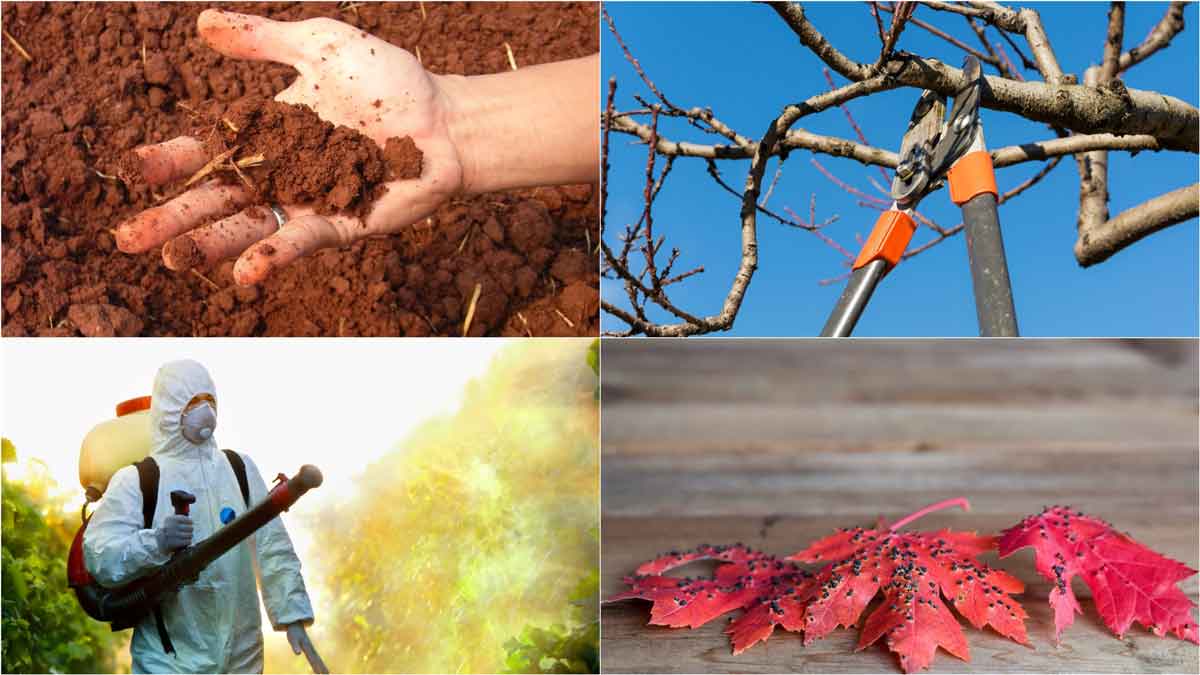
Pest and Disease Management
While it is relatively pest-resistant, occasional issues like aphids or leaf spot may arise. Regular inspection and the application of organic insecticides or fungicides can keep these problems at bay.
Seasonal Changes and Sun Valley Maple
- In spring, it bursts into new growth with fresh green leaves. This season is crucial for establishing strong root systems.
- During summer, the tree’s foliage remains lush and green, providing ample shade and contributing to a cooler environment.
- Autumn is when it truly shines, with its leaves turning a vibrant red, creating a stunning visual display in any landscape.
- In winter, the tree enters dormancy, shedding its leaves and conserving energy for the next growing season. It’s a time of rest and preparation for the cycle to begin anew.
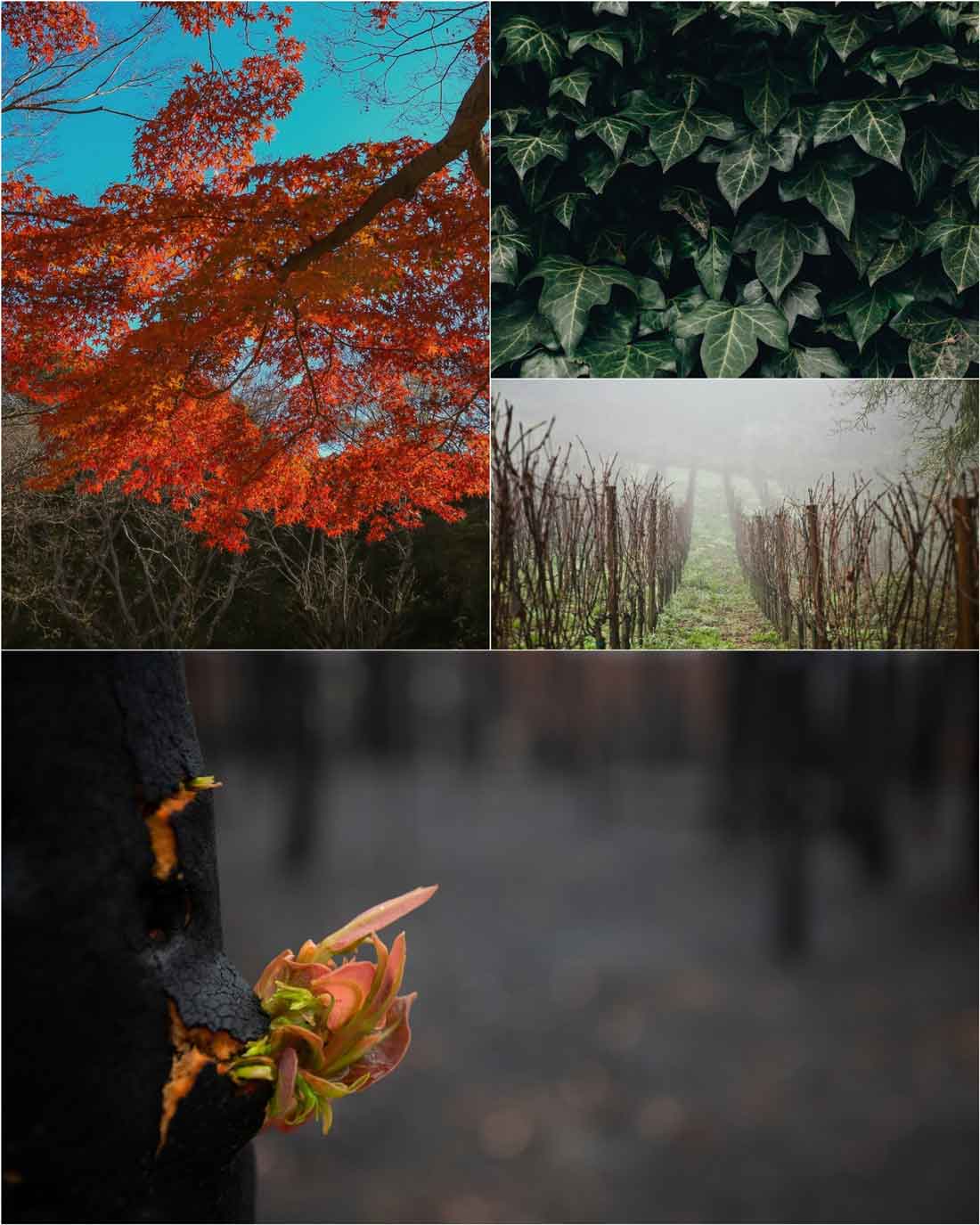
Landscaping with Sun Valley Maple
Sun Valley Maple works well in various landscape designs, from residential gardens to public parks. It can be used as a focal point in a lawn or as part of a mixed border with other trees and shrubs.
Pairing it with plants like azaleas, hydrangeas, or hostas can create a harmonious and visually appealing garden. These plants thrive in similar conditions and complement the maple’s color palette.
Sun Valley Maple is versatile enough to be used in both urban and rural settings. Its tolerance to pollution and compact size make it suitable for city landscapes, while its robust nature fits well in larger, rural properties.

Common Issues with Sun Valley Maple
Identifying and Treating Leaf Scorch
Leaf scorch can occur during hot, dry weather. Symptoms include browning edges on leaves. To treat, ensure the tree is adequately watered and consider mulching to retain soil moisture.
Addressing Root Problems
Compacted soil or improper planting depth can lead to root issues. To address this, aerate the soil and avoid planting the tree too deeply.
Dealing with Pests
While generally pest-resistant, occasional infestations of aphids or borers can occur. Early detection and treatment with organic pesticides can prevent significant damage.
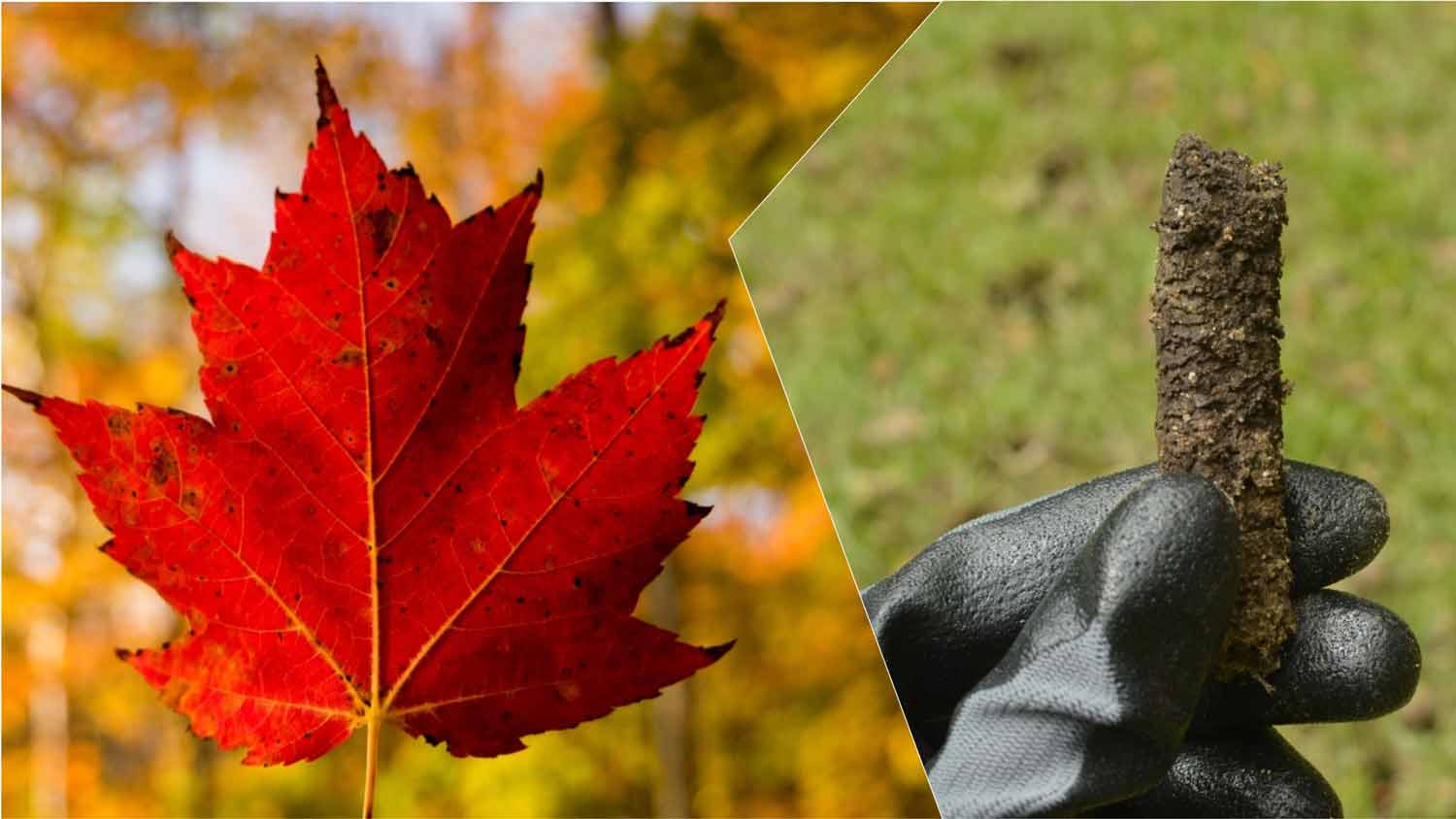
Expert Insights on Sun Valley Maple
Arborists often recommend it for its low-maintenance nature and stunning fall colors.
“Sun Valley Maple is a top choice for homeowners looking for a tree that offers year-round beauty with minimal upkeep,”
A Renowned Arborist
In one case study, a community park in the Midwest successfully integrated Sun Valley Maple into its landscape, providing shade and seasonal color without the mess of seeds, thanks to the tree’s seedless nature.
Future Outlook for Sun Valley Maple
It shows promising adaptability to changing climates, making it a resilient choice for future planting projects.
Research is ongoing to develop new varieties of Sun Valley Maple that can thrive in even more diverse environments, expanding its use in different regions.
As sustainable landscaping gains popularity, Sun Valley Maple is poised to play a significant role due to its environmental benefits and low maintenance requirements.
Conclusion
Sun Valley Maple is a versatile and beautiful tree that enhances any landscape with its vibrant colors and low-maintenance nature. Whether you’re a homeowner, landscaper, or urban planner, this tree offers aesthetic and environmental benefits that are hard to match. Consider adding Sun Valley Maple to your next landscaping project for a touch of natural beauty and sustainability.
Frequently Asked Questions (FAQ)
The best time to plant Sun Valley Maple is in the fall or early spring when the tree is dormant.
Sun Valley Maple typically grows to a height of 20-35 feet, making it suitable for both small and large landscapes.
Yes, Sun Valley Maple is relatively resistant to common pests, although occasional infestations may occur.
